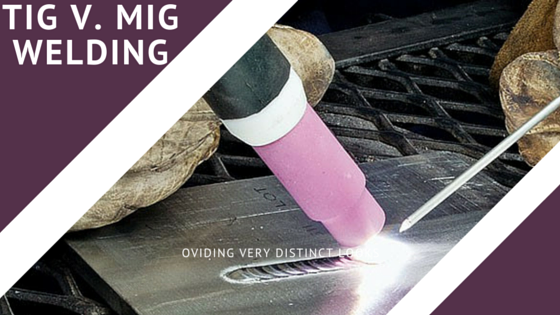Anodized aluminum is the ideal choice for many projects. From highly durable building exteriors to staircases in skyscrapers, anodized aluminum has a wide versatility for architectural design. It’s even trusted to protect satellites in space.
The sleek appearance of anodized aluminum is coveted by architectural designers. We’ve broken down the basics of anodized aluminum to help you determine if it’s the best solution for your project.
What is anodized aluminum?
Anodized aluminum is the final product of a finishing process called anodizing. To create anodized aluminum, the aluminum is placed into an anodizing tank containing a mounted plate (an electrode where electrons enter a cell and cause reduction). The aluminum is then submersed into an acid electrolyte solution while an electric current is passed through the tank.
Once the aluminum is submerged, a positive electric charge is added to it, causing it to become an anode. A negative charge is then applied to the plate, making it the cathode. The positive ions gravitate to the plate while the negative ions rush to the aluminum. This process is essentially a highly controlled oxidation process which results in anodized aluminum.
Colorants can be added to the anodization process where the pigment fills the empty pores on the surface of the aluminum and is permanently sealed. Color anodized aluminum has a metallic appearance due to the rough surface left behind after the electro-chemical process and the reaction between the electrical current, colorant, and uncolored metal.
Benefits of using anodized aluminum
There are a variety of benefits of using anodized aluminum which are evidenced by the wide use of anodized aluminum in commercial, industrial, and consumer projects. Not only is it significantly lighter than copper, gold, brass, bronze, and stainless steel, but it has a strong formability, allowing it to be reshaped into many different designs.

Aluminum’s ease of use is bolstered by its durability. Aluminum is naturally resistant to most forms of corrosion and the anodization process increases its weather resistance. Since the anodized finish becomes a part of the metal through the oxidation process, it will not peel, chip, or flake away. During anodization, the base aluminum is enhanced with a corrosion-resistant and very strong finish, creating an extended lifespan.
Aluminum is also considered to be environmentally friendly and recyclable, lessening the architectural design’s environmental footprint. According to the Aluminum Association, approximately 75 percent of all aluminum produced since its introduction to the United States in 1990 is still in use. In addition, anodized aluminum is a much greener finish than coatings like paint. Anodizing is “recycle-neutral” and does not use toxic organics or volatile organic compounds (VOCs) prohibited by the United States Environmental Protection Agency (EPA).
Anodized aluminum is a crowd favorite among the architectural community. At Coco Architectural, we offer a variety of anodized colors and finishes for a variety of projects. View our product catalog for a detailed list of our products. For a consultation or to order perforated grilles today, contact us at 631.482.9449 or sales@cocometalcraft.com.





